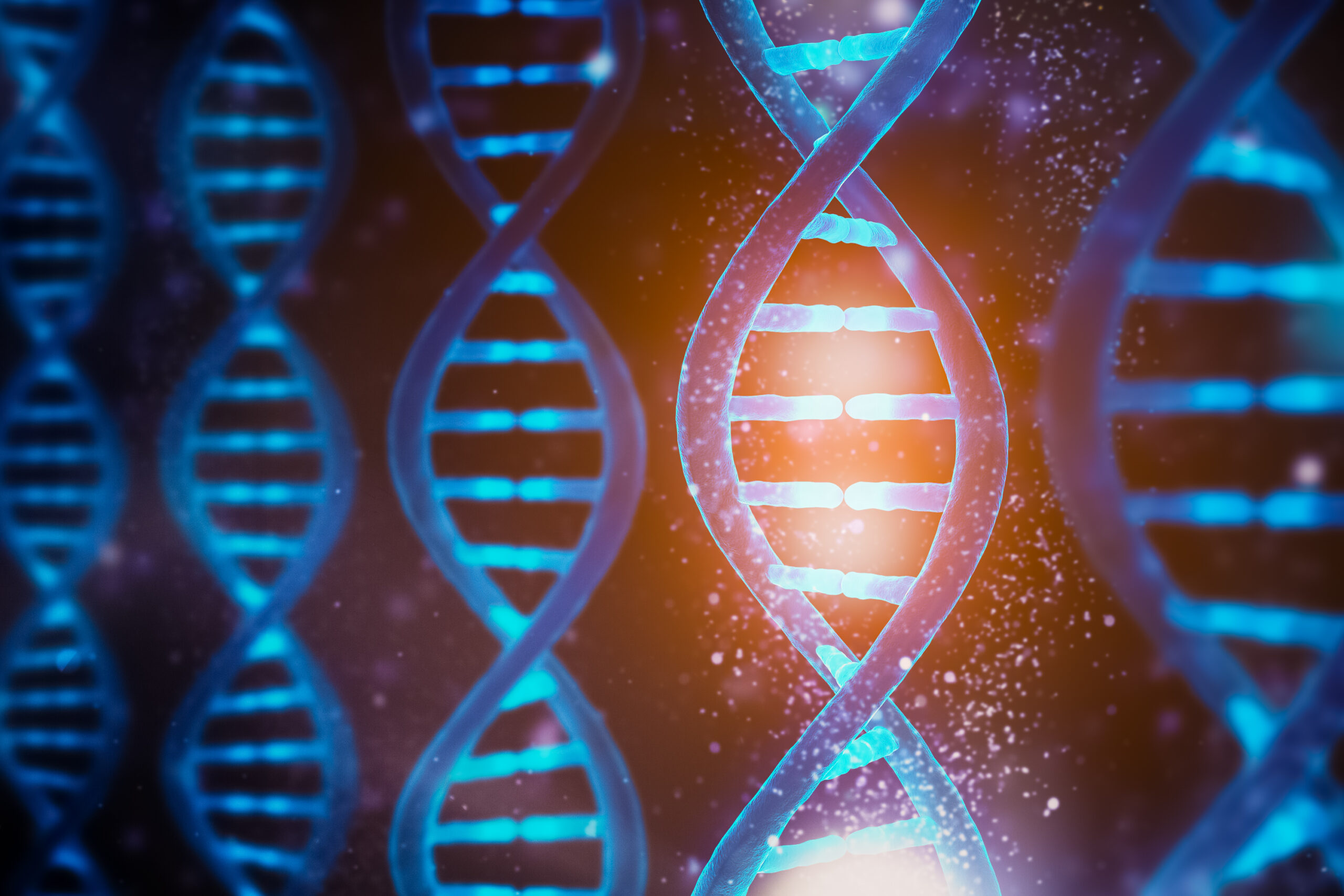I’ve spent some time in the past discussing biometric data and all of the privacy concerns that come along with it. In our day-to-day lives, it’s nearly impossible to avoid it. From using your fingerprint to log into you banking apps or using your face to unlock your phone, it’s becoming ubiquitous. Facial recognition software is now added to the long history of forensic data used by police to identify suspects in criminal cases. DNA was a game-changer in the world of true crime, allowing cold cases to be solved decades after they’d been deemed unsolvable. Often times, police would preserve evidence from cold cases in the hopes that technology would one day open up new avenues for solving tricky crimes. Will future advances in technology open up more avenues and follow the example of DNA?
Consider one of the more unpredictable uses of DNA in the forensic field — the rise of both public and private genealogy databases, with companies like Ancestry and 23andMe rising in popularity the past few years. These sites collect samples of your DNA and report back with their analysis, which usually includes things like which regions your family came from, matches with users who may be relatives, or even the likelihood you may be pre-disposed to certain genetic diseases. There are also public genealogy databases that allow you to submit your DNA after testing it. From there you can match and compare your DNA test results to their database using tools they provide. It’s important to keep in mind, however, that these results are not the end-all, be-all of your genetic story or your health. But they are certainly markers law enforcement authorities can use.
One such well-known public database is GEDMatch. It rocketed to fame in April 2018, when it was used by police to identify and (ultimately catch) the suspected Golden State Killer. Often times, police will have DNA from a crime scene and still won’t be able to get a suspect match. Police DNA databases are generally limited and need exact matches, whereas a larger dataset of public, voluntarily-collected samples “allows police to create a much larger family tree.” It’s still a painstaking process of comparing records, census data, obituaries, and even social media pages to construct a picture of a whole family tree. In the case of the Golden State Killer, the matches began with distant relatives, such as third cousins. From there, though, the police can start looking for more specific information, such as location, age, and eyewitness descriptions to narrow down suspects from this family tree. It was ultimately a combination of methods that allowed police to find Joseph DeAngelo—the now confirmed Golden State Killer.
His arrest and incarceration have brought some justice to the dozens of victims who suffered because of his inhumane actions. In this case, it’s clear that the use of DNA collection had a positive outcome. As with all powerful tools, however, it is to be used with caution—it is a well-known fact in the true crime world that DNA evidence isn’t infallible. It’s a useful tool when combined with other techniques of investigation and evidence. Over the years, a lot of privacy concerns have risen around these DNA collection companies, from worries about hacking or having your data sold to third parties with questionable interests in having it. Most worryingly, as I have discussed in the past, the current laws meant to protect consumers’ genetic data are simply not robust enough.
This type of biometric data is especially worrying in terms of data privacy because those who willingly submit their DNA are not affecting only themselves when they do so but others as well. As demonstrated by the case of the Golden State Killer and many other similar investigations, DNA information allows for extensive, accurate family trees to be built—family trees that could partially identify you, your potential health issues and ancestry, all without your consent. For instance, if your sibling or parent were to submit their DNA to a database, a lot of conclusions could be drawn from the 50% of similarities you share. Remember, be careful with your personal data—and educate those around you as well!
